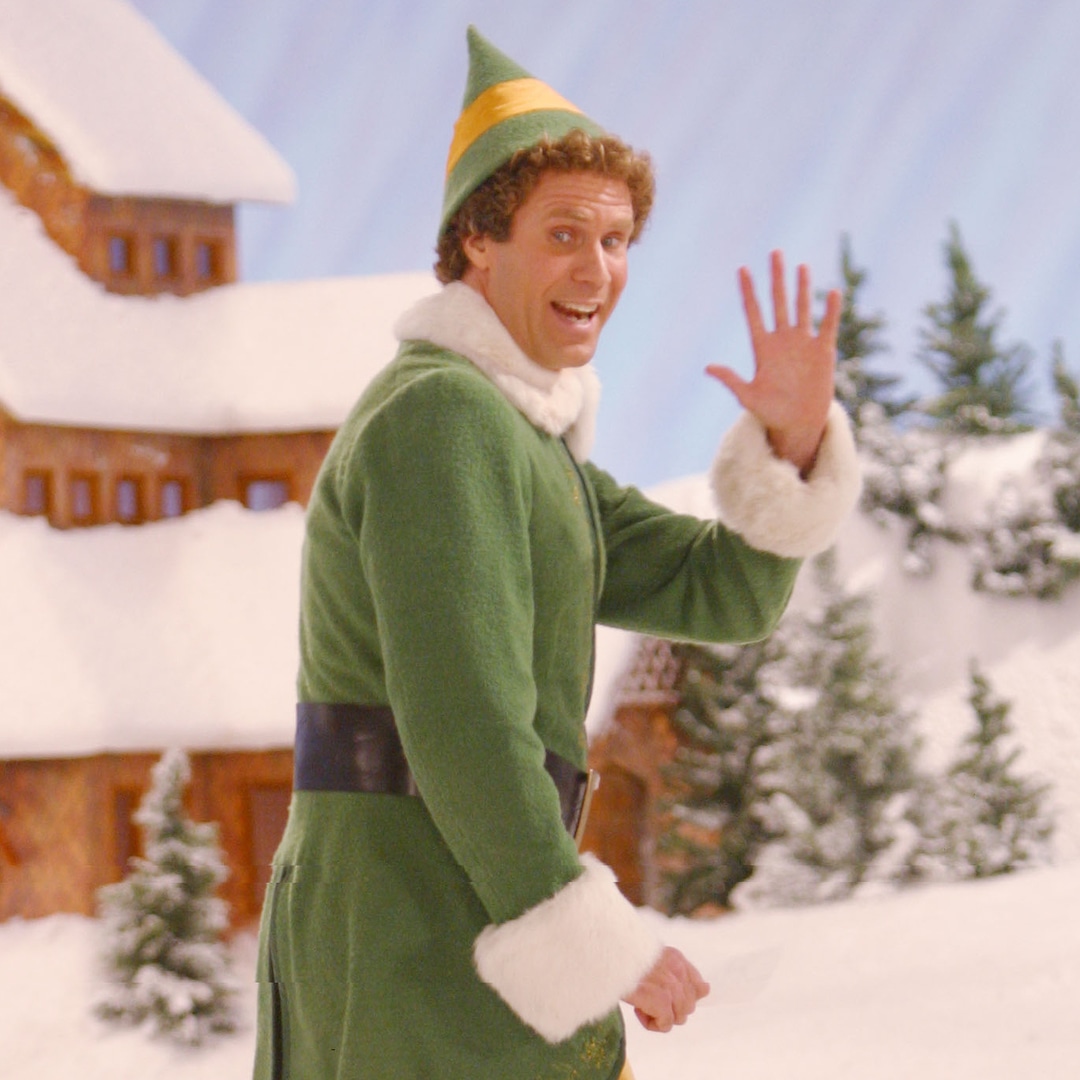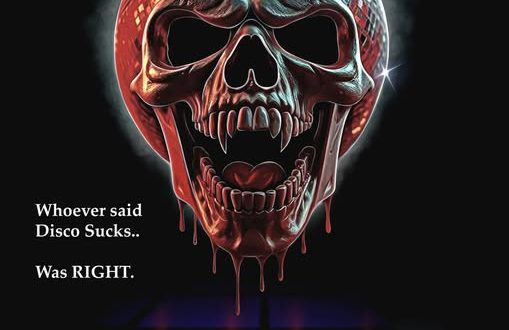With the first quarter of the 21st century coming to a close, Billboard is spending the next few months counting down our staff picks for the 25 greatest pop stars of the last 25 years. We’ve already named our Honorable Mentions and our No. 25, No. 24, No. 23, No. 22, No. 21, No. 20 and No. 19 stars, and now we remember the century in The Weeknd — who emerged in the shadows as an early-’10s mixtape sensation, before making a more successful pivot to pop stardom than anyone could have guessed.
About a dozen years ago, nobody would’ve believed the hedonistic, alt-R&B, then-cult figure known as The Weeknd would become one of the 21st century’s most decorated and durable pop artists, dominating both the Billboard charts the and world’s biggest stadiums. Global superstardom might not have seemed immediately on the horizon upon his 2011 mixtape arrival, but his ability to carve his own path in R&B before successfully switching lanes to pop has made his journey one of the most fascinating ones to follow this century.
Born Abel Tesfaye to Ethiopian immigrant parents in the Toronto suburb of Scarborough, The Weeknd dropped out of high school at 17 with his best friend and now creative director La Mar Taylor and moved out of his family’s home one weekend (wink wink). Homelessness, substance abuse and run-ins with the law forced him to get his act together, so he translated the ill-advised lifestyle of his youth to his music.
In 2010, The Weeknd anonymously uploaded three moody, atmospheric R&B tracks – “What You Need,” “Loft Music” and “The Morning” – onto his YouTube. Fellow Torontonian (and then rap’s brightest budding star) Drake noticed the songs and featured them on his OVO Blog – a key co-sign that projected The Weeknd’s name (and still not his face) in the media before he dropped his debut mixtape House of Balloons for free on his website in March 2011. The songs stretched for five, six, even seven minutes, with The Weeknd’s wailing falsetto and supple tenor from the Michael Jackson vocal academy reliving his pill-popping and bed-hopping escapades and other foggy morning-after memories, through the perspective of someone who’s perpetually attempting to replace his pain with pleasure in a numbing rinse-and-repeat cycle.
Meanwhile, his sampling of indie and post-punk rock bands like Siouxsie & the Banshees, Cocteau Twins and Beach House, along with other hip-hop and electronic influences, forever shifted the R&B landscape — and helped usher the genre’s alternative shift, alongside other enigmatic artists like Frank Ocean. And when it was finally time to reveal himself at his now-iconic debut concert at Toronto’s 600-capacity Mod Club in July 2011, it was the must-see show of the city: The promotional flyer indicated there was “no guestlist,” but that didn’t stop major U.S. label executives from catching last-minute flights up north to see what the hell The Weeknd was even about and if he lived up to the internet hype. (A former MuchMusic employee tells me she remembers one even offering her $1300 CAD for her ticket that she bought for $20.)
Later that same year, he released two more mixtapes –Thursday and Echoes of Silence – that invited us to venture deeper into The Weeknd’s world of debauchery and self-destruction. With his cult-classic trilogy, The Weeknd firmly established himself as lord of the R&B underworld. In the four-month period between the latter two tapes, he was also all over Drake’s emo magnum opus Take Care, co-writing five songs and being featured on the chant-along banger “Crew Love.” The kinship between the two Canadian phenoms generated a lot of speculation that Drake would sign The Weeknd to OVO, but he continued carving out his own lane, and founded his XO label (fans have debated on Reddit threads whether it stands for “hugs and kisses” or “ecstasy and oxycontin”), signing to Republic Records the following year. Given The Weeknd’s “I thank God that I never signed my life away” line from Future and Metro Boomin’s “All to Myself” during 2024’s Great Rap Beef™, it’s safe to say he believes he made the right decision there.

The Weeknd
Kevin Winter/Getty Images

The Weeknd
Chelsea Lauren/WireImage
Tesfaye had steadily built up momentum for his major label debut studio album Kiss Land in 2013, but takeoff there was a bit turbulent. It sounded like he had exhausted his nihilistic, narcotic-fueled aesthetic – and having already consumed what felt like three albums in under one calendar year, we were kind of exhausted, too. Maybe why Kiss Land fell a bit flat was because the air of mystery behind The Weeknd was also fading, especially with his face and Jean-Michel Basquiat-esque dreads front and center on the album cover. Even though Kiss Land entered the Billboard 200 at No. 2, it wasn’t the optimal introduction for an artist who had been cranked out of the internet hype machine – and it received mixed reviews, while failing to produce a hit single.
But the false start didn’t stop Tesfaye from building a bigger breakout moment. Ariana Grande, the Nickelodeon-bred pop princess who signed to Republic the year before The Weeknd, recruited him for her My Everything single “Love Me Harder.” The lip-biting ruminations about rough sex gave Grande more edge, while the song’s throbbing synthwave-R&B production – courtesy of 21st century-defining producer Max Martin (who would go on to play a crucial role in Tesfaye’s career) – softened The Weeknd’s. It’s the first song to affirm his mainstream ambitions, as Tesfaye earned his first Billboard Hot 100 top 10 hit. Grande would go on to become one of his most reliable hit collaborators a decade later, hopping on the remixes of “Save Your Tears” from his 2020 album After Hours, which they performed together at the 2021 iHeartRadio Music Awards, and “Die For You” – which experienced a TikTok resurgence six-plus years after it first appeared on his Starboy album – both of whichwould then shoot to No. 1.
Four months after “Love Me Harder,” Tesfaye was tapped to record “Earned It” from the Fifty Shades of Grey soundtrack. The most sexually explicit R&B singer of the time making a song for the year’s most pornographic film? It felt so wrong, but oooh was it so right. The orchestral pop ballad introduced The Weeknd’s slow-burning seductive vocals to a much wider audience. “Earned It” became The Weeknd’s first solo Hot 100 top 10 hit (No. 3), won a Grammy Award for best R&B performance and scored an Oscar nomination for best original song.
The Weeknd’s mid-2010s pop pivot was well underway, but now he wanted to prove he could pull it off without the assist of an A-list artist or buzzy movie franchise with “Can’t Feel My Face.” The certified smash earned him more MJ comparisons than when Tesfaye put his skeletal cover of “Dirty Diana” on Echoes of Silence, especially his screeching ad-libs that felt plucked straight from Jackson’s “Don’t Stop ‘Til You Get Enough” and his slick footwork and signature spin in the music video. With his dependable hitmaking team from “Love Me Harder” – Max Martin, Savan Kotecha, Ali Payami and Peter Svensson – Tesfaye had successfully broken though pop’s ceiling after initially cracking it with “Love Me Harder” and “Earned It.” “Face” eventually became The Weeknd’s first solo Hot 100 chart-topper, and a runaway radio smash that had us just as hooked as Tesfaye was on blow (or so he semi-subtly sang). It also earned a favorite song of the year nomination at the 2016 Nickelodeon Kids’ Choice Awards, which he hilariously referenced in the Starboy cut “Reminder”: “I just won a new award for a kids show/ Talkin’ ‘bout a face numbin’ off a bag of blow.” The Weeknd’s lyrical knack for disguising his NSFW fixations in PG-rated, radio-friendly hooks would give him a clever edge.
Surprisingly, follow-up “The Hills” would be even bigger. Horrifying shrieks, sparse trap beats and Tesfaye’s hoarse verses about life in the fast lane felt like a return to form to his mixtapes’ murkier R&B – with its outro sung in his native Amharic, the primary language of Ethiopia, to further ground himself in his roots – and without compromising “the real me,” it became the fundamental crossover smash of his career. The Weeknd replaced himself at No. 1 on the Hot 100, with “The Hills” dethroning “Can’t Feel My Face” after its three-week run and remaining on top for six weeks.
His chart reign gave him the confidence to make his mainstream bid with Beauty Behind the Madness. The album, which completed his transition from reputable R&B singer-songwriter to perennial pop star, was marked by even more irresistible MJ-inspired bangers (“In The Night”) and lovelorn, instrumental-driven ballads (“Angel” and “Shameless”). On the Ye-produced, soul-sampling “Tell Your Friends,” The Weeknd sums up just exactly who he is: “I’m that n—a with the hair/ Singin’ ‘bout popping’ pills, f—kin’ b—-es, livin’ life so trill.” Beauty became The Weeknd’s first No. 1 album on the Billboard 200 and planted him firmly in the spotlight he had shied away from just a few short years ago.
And as he started sounding more like a pop star, he also started looking like one, too, with a headline-making haircut. He kills his former self and smashes his accolades to the beat of the title track’s snare in the music video for his third Hot 100 No. 1 “Starboy,” featuring Daft Punk. Starboy became his second Billboard 200-topping album and earned him his second best urban contemporary album Grammy win, proving that lightning can strike twice.
His high-profile relationships with model Bella Hadid and fellow singer Selena Gomez inspired his 2018 EP My Dear Melancholy,. Revealing he volunteered to donate his kidney to Gomez (who got a transplant in 2017 amid her battle with lupus) on the desolate opener “Call Out My Name” set the tone for the heart-wrenching six-song set, which represented a sobering sonic departure from the resplendent pop of Beauty Behind the Madness and Starboy. But the vulnerability – which was on full display at his first Coachella headlining gig the following month – recaptured the dark magic of his early mixtapes. And it was a winning formula: My Dear Melancholy, earned Tesfaye his third consecutive Billboard 200 No. 1.
The album rollout for 2020’s After Hours era unfolded like a masterclass in world-building, with The Weeknd playing a red suit jacket-, black leather glove-, black sunglasses-wearing character, his face further concealed by bloodied facial bandages, that would bring mischief and mayhem to music videos and late-night TV and award show performances. We would first meet him in the visual for “Heartless,” a hedonistic trap-tinged R&B record where The Weeknd boasts in the first line, “Never need a b—h, I’m what a b—h need” and licks a psychedelic-laced frog.
The song became The Weeknd’s fourth No. 1, but it would be the LP’s second single that would alter pop music history. As Billboard’s top Hot 100 song of all time, “Blinding Lights” is an adrenaline-pumping, synth-pop juggernaut that beamed brighter than the marquee lights of its Las Vegas Strip backdrop and entered the cultural zeitgeist. Only The Weeknd could turn a song about drunk driving to a hookup (that premiered in a Mercedes Benz commercial, no less) into the longest-running Radio Songs No. 1 (26 weeks) and the most-streamed song on Spotify while also soundtracking over a million TikTok dance videos featuring frontline healthcare workers and quarantined families alike.
With its parent album After Hours, he nailed one of pop music’s tenets – making personal themes universal – and with the pandemic, The Weeknd’s motifs of loneliness and escapism felt even more relatable. That’s why After Hours and Dua Lipa’s ‘70s disco-inspired album Future Nostalgia came at the right time, because they cranked up the BPMs of top 40 and helped usher in pop’s retro dance-driven renaissance (years before Beyoncé’s Renaissance) during one of the world’s darkest years in recent history.
After Hours debuted atop the Billboard 200, but when it and “Blinding Lights” shockingly received zero nominations at the 2021 Grammys, critics and his peers like Drake and Kid Cudi sneered at the snub. “The Grammys remain corrupt,” The Weeknd retaliated on X (formerly known as Twitter), adding in a statement to The New York Times that he “will no longer allow my label to submit my music to the Grammys.” (He still took home a statue in 2022 for his feature on Ye’s “Hurricane” with Lil Baby.) While The Weeknd was missing from Music’s Biggest Night, he was front and center on the world’s biggest stage a month earlier: the Super Bowl LV Halftime Show. And the penultimate performance of his House of Balloons title track, backed by a marching army of bandaged lookalikes, that eventually revved up to the exhilarating speed of “Blinding Lights,” made for a true career-spanning victory lap moment.

The Weeknd
Rich Fury/Getty Images for dcp

The Weeknd
Kevin Mazur/Getty Images for TW
As he continued riding the highs of his blockbuster After Hours era, fans wondered where The Weeknd could possibly go next. On his highly anticipated follow-up, Dawn FM, he showed us exactly where he was taking us: With the help of Jim Carrey, who was posing as purgatory’s radio DJ, we were headed toward the light at the end of the tunnel. The Weeknd soundtracked the ominous journey by zeroing in on After Hours’ synth-pop infatuation to create levity on tracks like the spellbinding dancefloor number “Take My Breath,” which peaked at No. 6 on the Hot 100, and “Sacrifice,” where Tesfaye gets as close as he ever has to sounding like the King of Pop. But unlike its blockbuster predecessor, Dawn FM failed to produce a surefire hit. Dawn FM entered the Billboard 200 at No. 2, a slight misstep for someone who’s notched four consecutive No. 1 albums, but an inconsequential one for someone who had already been crowned pop royalty.
The Weeknd didn’t put out any new solo studio releases in 2023, but his status as a no-doubt superstar allowed him to rest on his laurels and enjoy the fruits of his labor. With the Grande-assisted “Die for You” going No. 1, The Weeknd joined Michael Jackson as the only male soloists with multiple leaders on the chart from three different albums. Not bad for a guy who’s spent his entire career emulating the King of Pop. Guinness World Records also named him the world’s most popular artist after he became the first artist to reach 100 million monthly listeners on Spotify. He was Spotify’s most streamed monthly artist for over a year, until Billie Eilish recently took the title – and his premature supportive response suggested a heavyweight like him wasn’t threatened by someone else holding the championship belt. The Weeknd also headlined Coachella again alongside Swedish House Mafia, entering an elite group of acts who’ve headlined the festival twice (and being the first non-alternative/rock act to do so). His set served as a warm-up for his After Hours Til Dawn Tour, with its first leg and second leg earning spots on 2022 and 2023’s top 10 grossing tours list.
And for a split second, his stadium stint doubled as the set for his HBO series The Idol, which follows troubled pop star Jocelyn (played by Lily-Rose Depp) who develops a complicated relationship with Tesfaye’s character Tedros, a sleazy nightclub owner/cult leader who yearns to pilot her career comeback. Despite critics and viewers largely rebuking the controversial series, which received a 19% score on Rotten Tomatoes and was swiftly canceled after five episodes, The Idol managed to win an Emmy this year and win back some credibility with its soundtrack. The Weeknd formed an unusual, yet effective alliance with the Queen of Pop Madonna and the King Vamp Playboi Carti on the platinum-certified “Popular” that harkened back to the slinky 2000s pop&B that The Neptunes dominated, and entered into a musical threesome with BLACKPINK’s Jennie and Depp on the erotic, down-tempo “One of the Girls,” which reached No. 10 on the Billboard Global 200.
Earlier this September, he announced the third and final installment of his After Hours/Dawn FM trilogy, Hurry Up Tomorrow, a bittersweet way of sunsetting this chapter of his career: He told W Magazine last year that this album “is probably my last hurrah as The Weeknd.” Its lead single, “Dancing in the Flames,” is out Friday (Sept. 13), and the shimmering snippet suggests he’s delivering yet another slice of retro-pop brilliance. But even when The Weeknd as we’ve come and known to love him ceases to exist, his transition from subterranean R&B auteur to ubiquitous genre-bending superstar – and the countless alt-R&B neophytes and would-be eletro-pop stars he’s fathered in the years between – he will forever go down as one of the most remarkable artists, with one of the most remarkable career arcs, in modern pop music history.
Read more about the Greatest Pop Stars of the 21st Century here — and be sure to check back on Tuesday when our No. 17 artist is revealed!










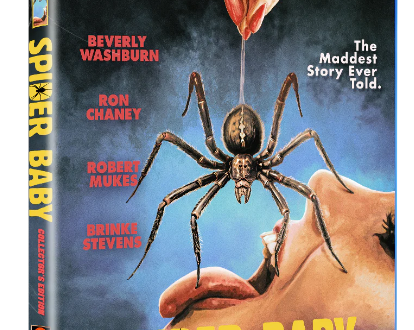







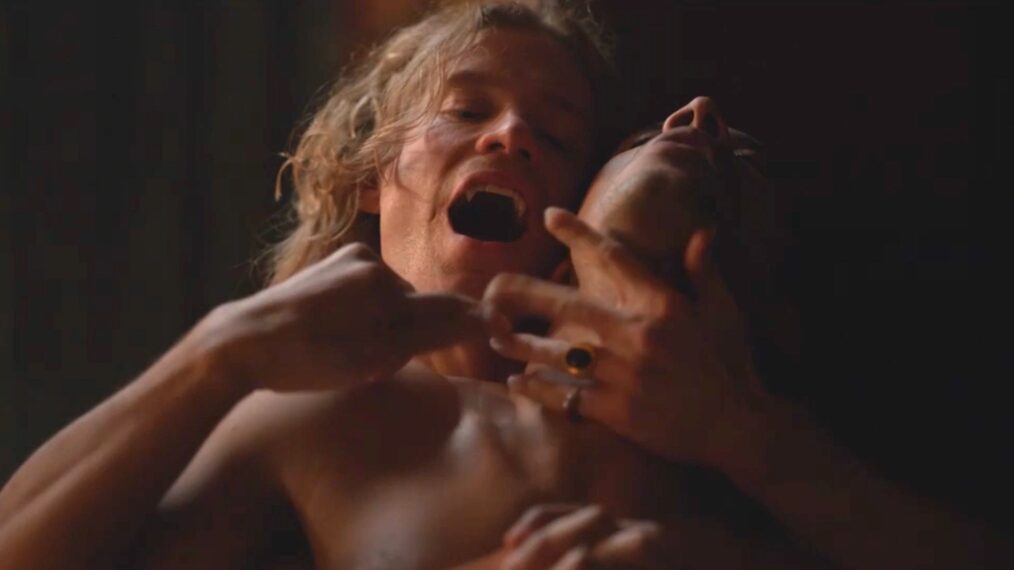

:quality(85):upscale()/2023/08/18/049/n/1922564/7b85905064e008a133fe67.33884549_.jpg)

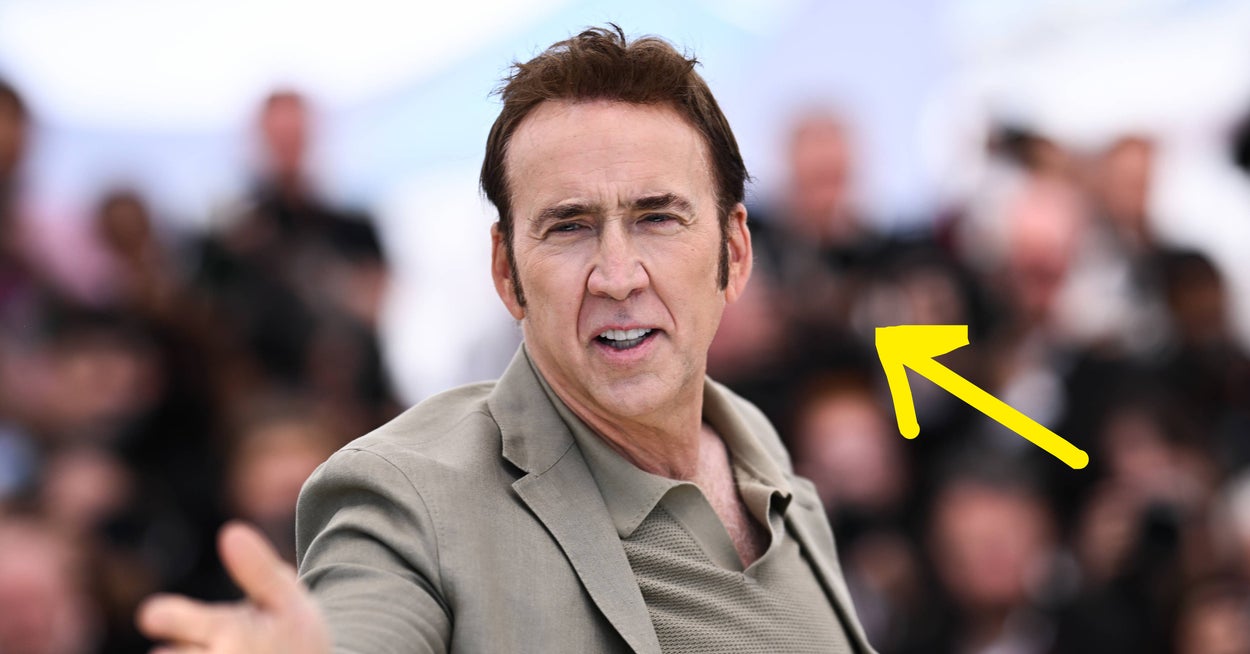
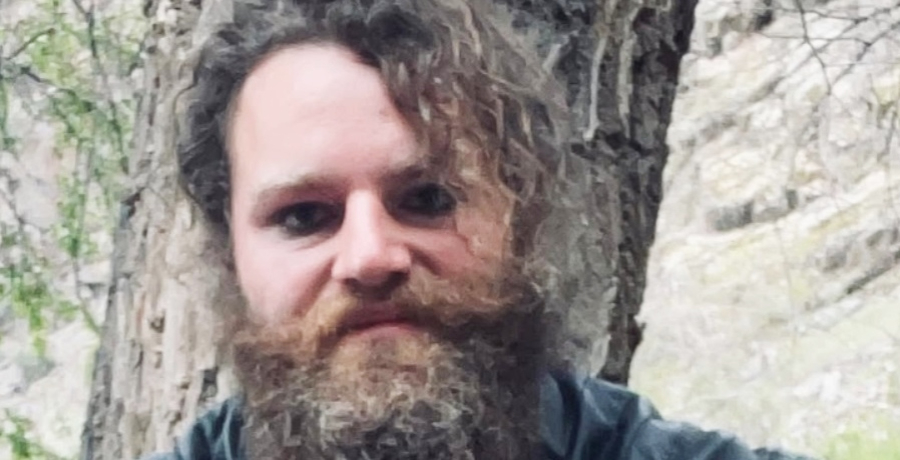
:quality(85):upscale()/2025/01/15/863/n/49352476/9e69ba8767880fdc9084b2.84057222_.png)
